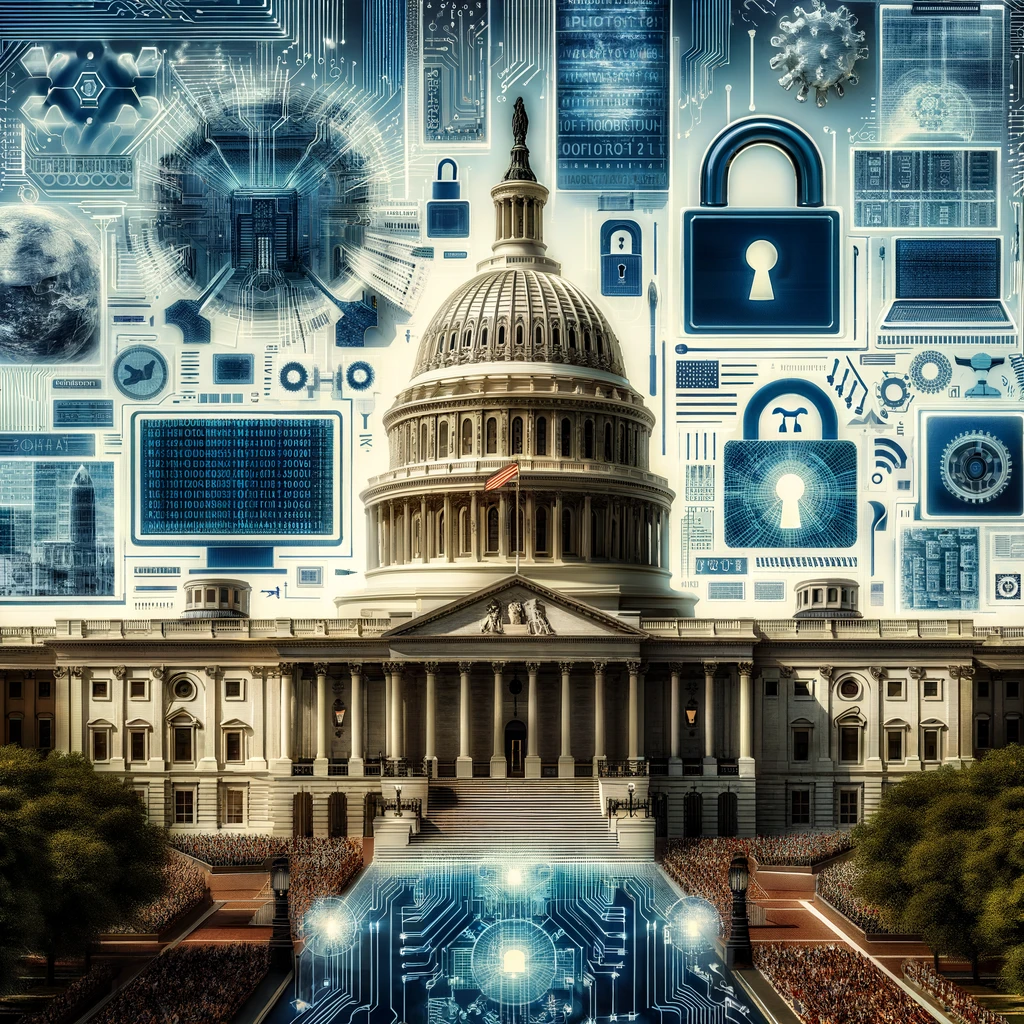New U.S. Guidelines to Fortify Critical Infrastructure Against AI Threats
Charles M. Walls | April 30, 2024 | Views: 167

The U.S. government recently introduced a new set of security guidelines specifically designed to protect critical infrastructure from emerging threats linked to artificial intelligence (AI). This initiative, as announced by the Department of Homeland Security (DHS), leverages a comprehensive, government-wide approach to evaluate AI risks impacting the nation's essential services.
The DHS emphasizes the dual threat of AI: it can be used both maliciously and suffer from exploitable weaknesses. The guidelines aim to promote the safe, responsible, and ethical application of AI technologies while safeguarding privacy, civil rights, and civil liberties.
The guidance targets several key concerns: the potential for AI to enhance the scale and effectiveness of attacks, the manipulation of AI systems by adversaries, and the inherent flaws in these technologies that could lead to accidental consequences. To combat these risks, the DHS advocates for a framework that includes governance, risk assessment, and management throughout the AI lifecycle, which entails:
- Building a culture of AI risk awareness within organizations,
- Understanding the specific AI risks related to one’s operational context,
- Developing robust systems for ongoing AI risk assessment and monitoring,
- Taking proactive steps to address identified AI security risks.
Infrastructure operators are encouraged to consider their unique AI use cases and dependencies, especially on AI vendors, to tailor their risk mitigation strategies effectively.
This announcement follows recent insights from the Five Eyes intelligence alliance, which includes Australia, Canada, New Zealand, the U.K., and the U.S. Their cybersecurity brief underscores the necessity of meticulous AI system deployment and management to prevent cyber adversaries from exploiting these technologies.
Recommended security measures from this coalition stress the importance of securing AI deployment environments, scrutinizing AI model sources, safeguarding the supply chain, and implementing stringent access controls among other strategies.
This month also highlighted a vulnerability within the Keras 2 neural network library that could be manipulated to insert trojans into widely used AI models, posing a significant threat to the software ecosystem. Furthermore, Microsoft and researchers from the University of Illinois Urbana-Champaign have shed light on prompt injection attacks and the ability of LLMs (large language models) to autonomously exploit security weaknesses in real-time systems—underscoring the sophisticated nature of AI threats and the critical need for robust defenses.
The evolving landscape of AI technology necessitates vigilant and innovative security approaches to both leverage its benefits and mitigate its risks effectively. As AI continues to be integrated into various aspects of critical infrastructure, the guidance provided by DHS serves as a vital step in ensuring these technologies do not become tools for cyber threats but remain powerful allies in the enhancement of security and operational efficiency.











